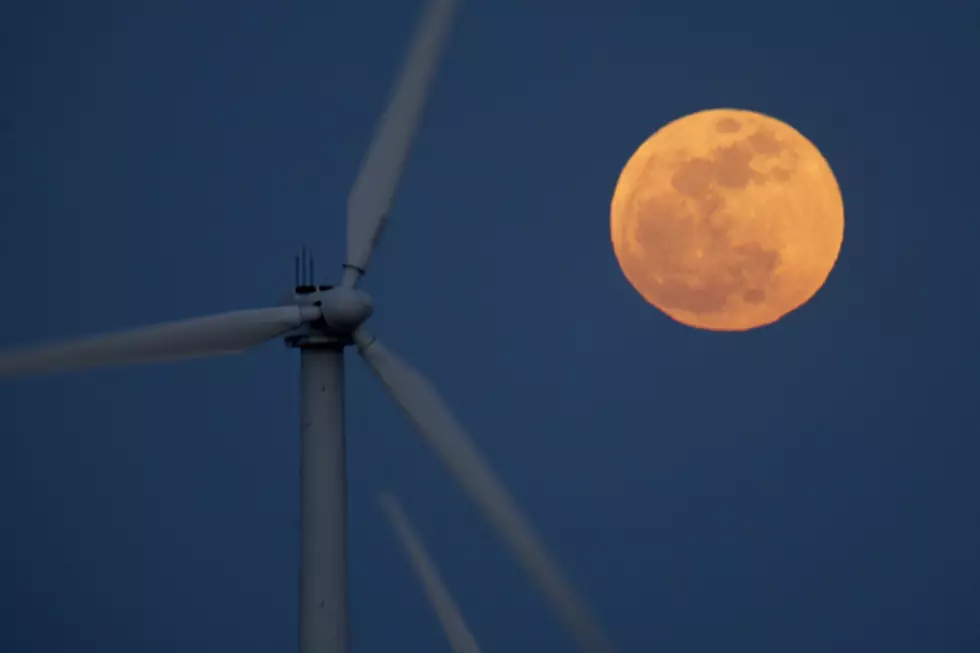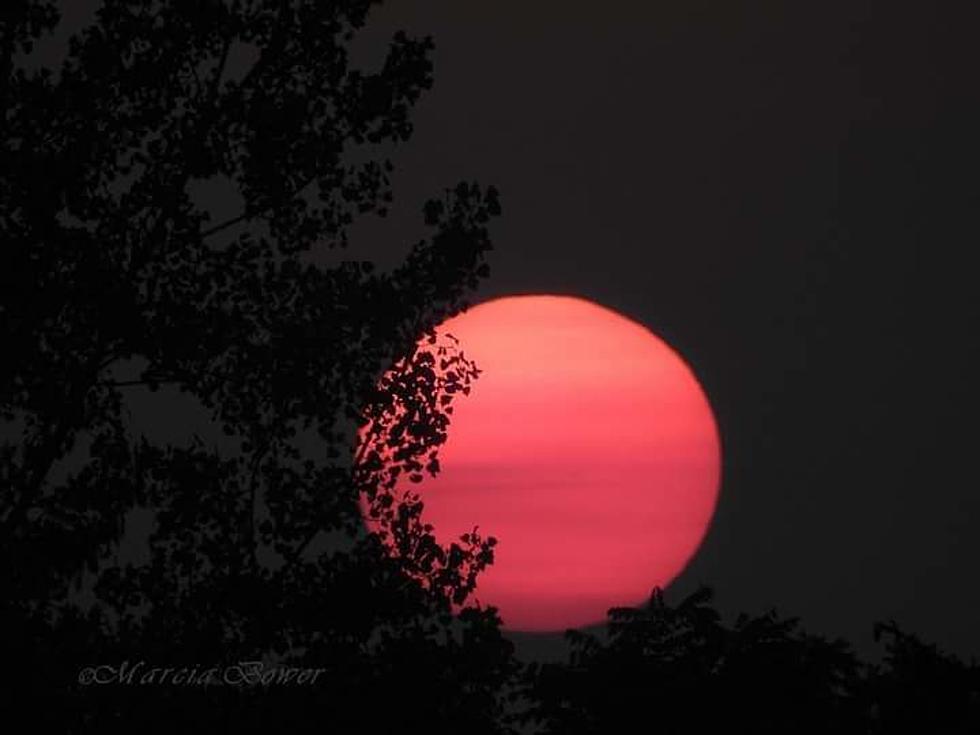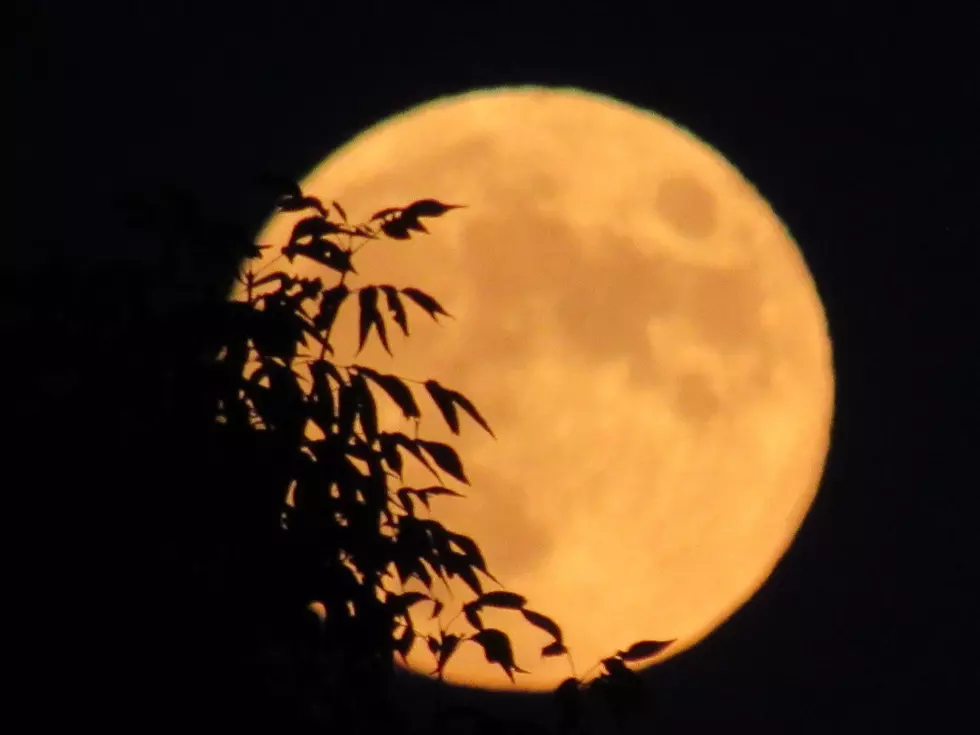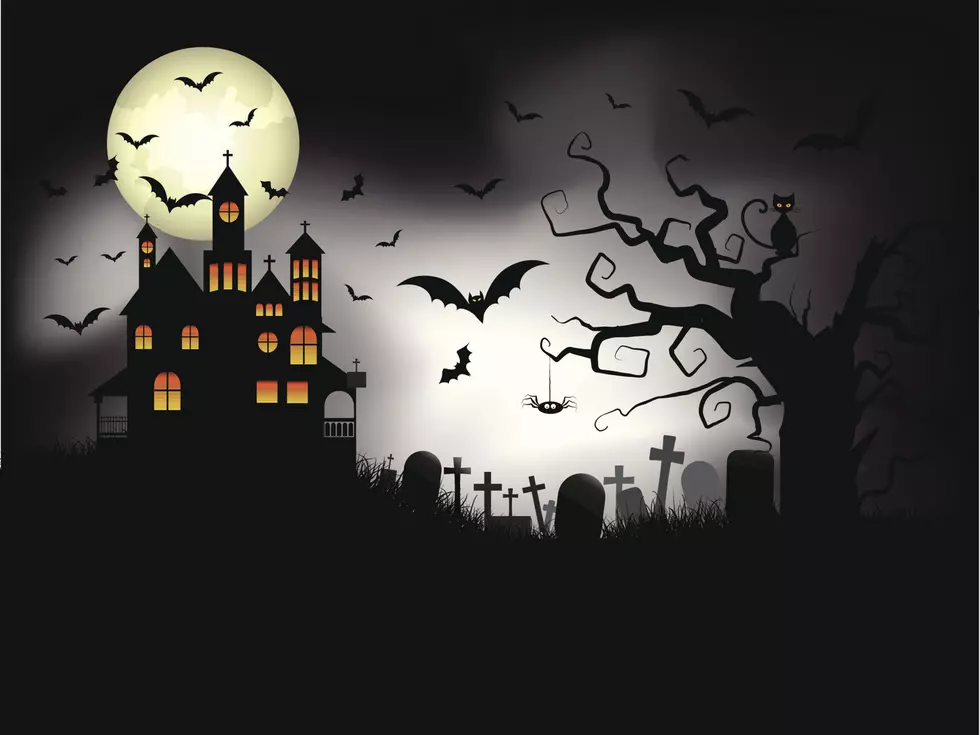
Full Moon and Meteor Show Compete in Thursday Night’s Sky
The last supermoon of the year happens tonight (Thursday) and it will be combined with the Perseid meteor shower in the night sky. Unfortunately, the brightness of the full moon will dampen chances to see the meteor show, according to scientists.
According to NASA, the moon will be the brightest star in the sky tonight which will wash out most of the brightest Perseids streaking across the August sky. However, experts say that if you get up just before the sun rises, "you may get lucky and see a few with the moon lower on the horizon," says NASA.

This final supermoon of the year is called the Sturgeon full moon, named after the northeast's largest fish, the sturgeon. The most common sturgeon in often found in the Erie Canal and the Great Lakes is the lake sturgeon, according to Timeanddate.com. Male sturgeon "have a life span of 55 years, while females can live up to 150 years." The lake sturgeon is also North America's largest freshwater fish and can grow to over 6 feet long and can way upwards of 200 pounds.
The August Sturgeon full moon is a the last super moon of the year, which means it's closest to the Earth's orbit. The four super moons in 2022 are the brightest full moons of the year. According to NASA, tonight's full moon will be 7 degrees above the east-southeast horizon as evening twilight ends at 9:11 p.m. Eastern time. The moons peak illumination, when the moon will be at its fullest, happens at 9:36 p.m., according to NASA. Scientists also say, if you look to the left of the moon, you're likely to see Saturn, which will be only 6 degrees above it.
There will be only two super moons in 2023, on August 1, and August 23, 2023.
LOOK: The most expensive weather and climate disasters in recent decades
RANKED: Here are the most popular national parks
LOOK: The most extreme temperatures in the history of every state
KEEP READING: Get answers to 51 of the most frequently asked weather questions...
More From 96.1 The Eagle






![Stunning ‘Strawberry Moon’ to Rise Friday Night [Gallery]](http://townsquare.media/site/498/files/2020/06/14496pre_c5f64fad89df15b.jpg?w=980&q=75)



